What life is really like in Iran under the Islamic Republic
More than ever we must support the agency of Iran's citizens, and these three books will give you insight.
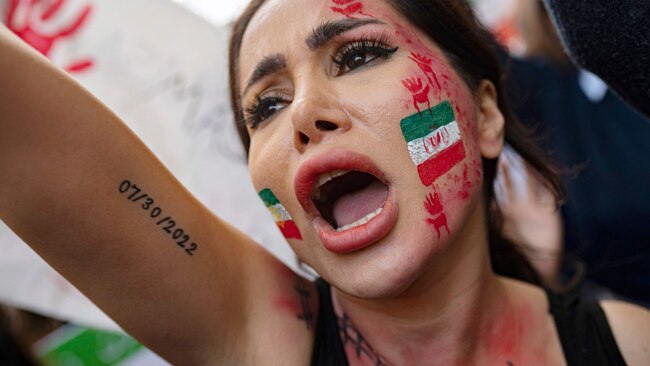
More than ever we must support the agency of Iran's citizens, and these three books will give you insight.
Protests in Iran continue, seven weeks after the death of Mahsa (Jina) Amini.
These protests might have been surprising for Australians, but Iranians are often out in the streets.
The attention of the world on the current repression that the Islamic Republic regime imposes on its citizens might mean that we only see Iranians as victims suddenly waking up after decades of repression. In fact, what we see in the streets now is unique in its size, global traction, and tactics, but it is the culmination of movements that have been burning for decades.
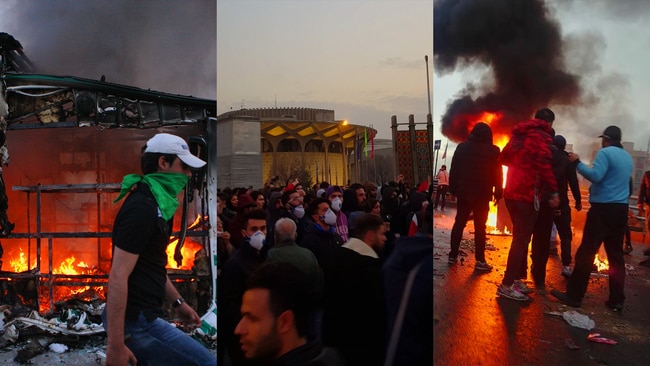
What we see today with women cutting their hair and burning hijabs is part of a long history of dissatisfaction with the Islamic Republic that is growing and becoming more public.
Living in an authoritarian country, individuals and communities find spaces of compromise.
Iranians fall in love, raise children and create, despite all odds created by the Islamic Republic regime. Yes, they would like to be able to fall in love without restrictions on their sexuality, for their children to grow in an open society and for their art not to be censored.
But Iranians should not be relegated to the status of victims only.
More than ever we must emphasise and support the agency of Iranians.
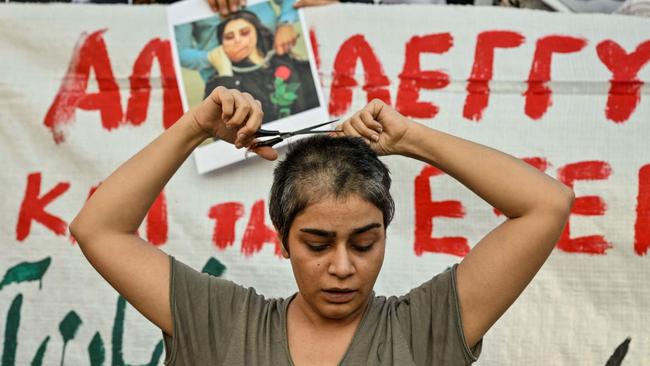
When women are burning their veils in protest, it’s not only about the clothing. It’s setting fire to every arbitrary rule that threatens women to not make trouble.
Women follow the rules around modesty from nine-years-old. They cover their hair and legs, avoid the gaze of men, limit their laughter and learn how to minimise themselves on the streets.
Of course young girls choose when to laugh and when it’s worth making trouble, and when it’s only best for them to follow the rules. These girls grow to become women who sit in the same mechanical engineering class as men do at university, but will be much less likely to get a job like their male peers as they are ushered through to greater opportunities and women are often consigned to motherhood.
This is life for Iranian women: You get some liberties and then the door closes in despotic ways.
In the same way, artists follow the rules of censorship but will sometimes push the boundaries. They will sometimes get away with a chapter bordering on the red lines and at other times will have to compromise.
Opportunities - economic, creative and romantic - are all subject to arbitrary restrictions in Iran. The nation has a lot of space for movement but you never know when a door will close on you, and there will be no avenue for you to open it. You don’t get a say. Arbitrariness is a part of all Iranian’s lives.
It’s intangible. That’s what makes it hard for those looking in at Iran to understand how citizens repressed by the regime might feel that freedom is within arm’s reach, and even the smallest protests are not done in vain.
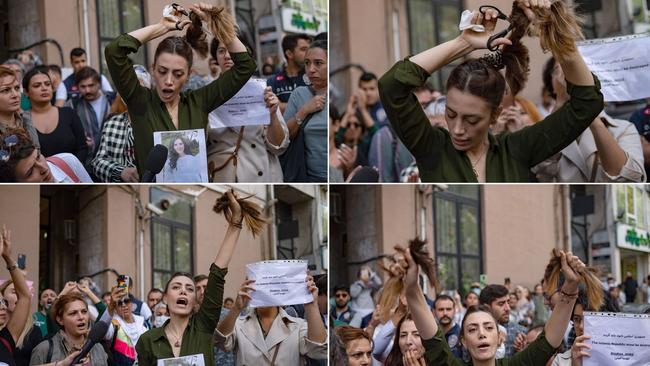
These contemporary Iranian writers describe the moments when doors close on you. These stories are not about big political issues, but they will make you feel what it’s like to live in Iran today. To see how these fighters are not victims, but agents of change.
After reading just one of these, you will know why those out on the streets have decided not to make compromises anymore.
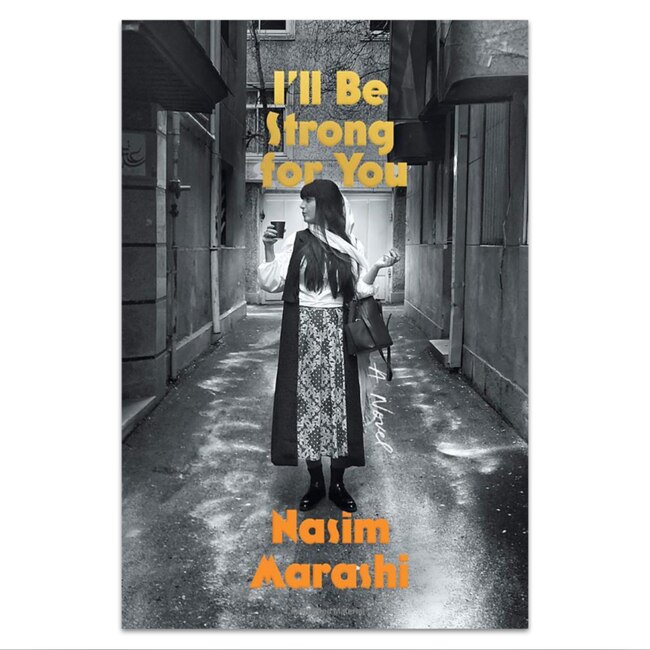
Nasim Marashi’s book I’ll Be Strong for You, translated by Poupeh Missaghi into English, is a great place to start. It’s about the ordinary life of three well-educated women in Tehran, their relationships, their works, their hopes, their failures, the small things that restrict their liberties. This is not a radical book, but it is a perfect summation of experiences that might escape you if you have never lived in Iran as a young woman.
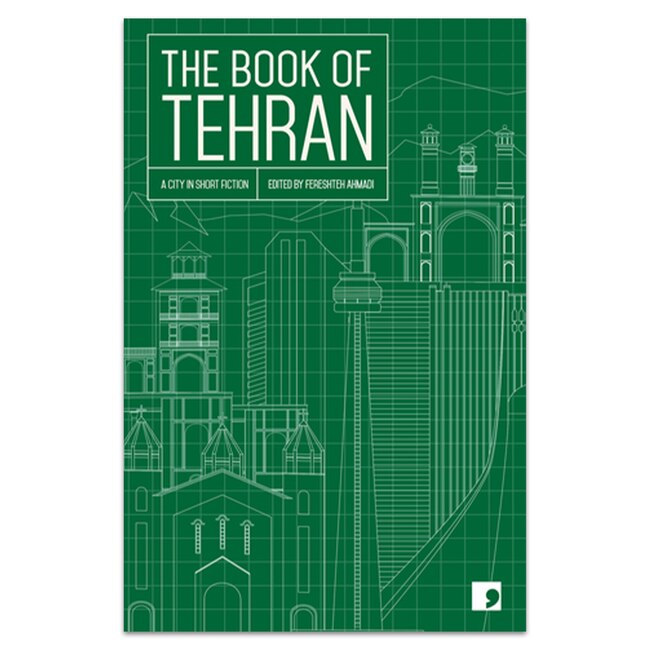
The Book of Tehran: A City in Short Fiction, edited by Fereshteh Ahmadi, is a collection of stories that have the city of Tehran as its focal character. Tehran is the centre of political and cultural power, and it’s no accident the current protests are laying their scene there. There is no better book when it comes to capturing the way Iranians live double lives, the outward one which keeps up appearances, and the safe personal life in the home.
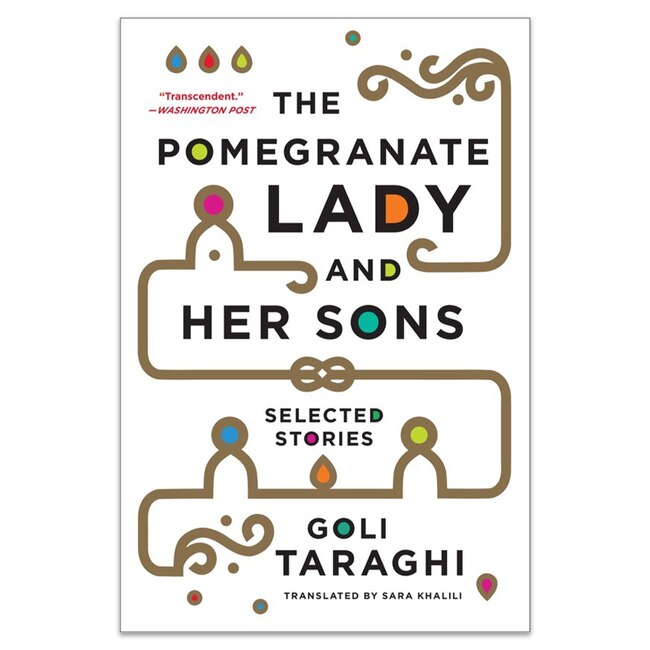
The Pomegranate Lady and Her Sons: Selected Stories by Goli Taraghi, translated into English by Sara Khalili, offers vignettes of characters that navigate their ways through the post-revolutionary system. These stories bring life into what it is like to live, but also sometimes just survive, in Iran.
Dr Laetitia Nanquette is an academic at the University of New South Wales working on Iranian culture and literature. She speaks Persian and has spent extensive periods of time in Iran.


